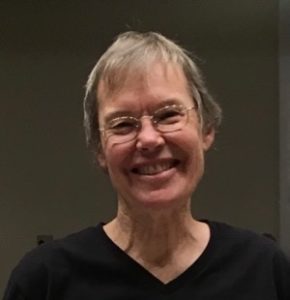“Stop spreading ashes on idyllic Bridge of Flowers” was a news headline last summer. (News413, June 29, 2023). Gardeners at the beautiful Bridge of Flowers in Shelburne Falls, Massachusetts, were asking the public to stop putting cremated remains of pets or other loved ones into the flower beds because those “ashes” were harming the plants. Some plants had died as a result of too much exposure to the cremated remains. “Ashes are very alkaline and contain salts which kill the leaves first and then the roots.”
That report raised questions in my mind. I wondered about the science behind such statements. I happened to be reading a relevant book, Changing Landscapes, Exploring the Growth of Ethical, Compassionate, and Environmentally Sustainable Green Funeral Service, edited by Lee Webster and published by the Green Burial Council (2017). Chapter 8 was helpful:
“Cremated remains are made up primarily of Nitrogen(N), Phosphorus (P), Potassium (K), Calcium (Ca), Magnesium (Mg), Sulfur (S), and Sodium (Na).” These elements should be helpful to plants… “However, the probiotic potential of these elements is eliminated because cremated remains also contain extremely high levels of sodium (200-2000 times greater than is beneficial) and a highly alkaline pH of 11.8. By comparison, the pH of most soils range between 5 and 8.” (p. 160)
Years ago, after my mother’s death, I had written down a few instructions about my own final wishes, specifying that my ‘ashes’ should be scattered at the base of an ancient redwood tree in Big Basin State Park in California. In memory of my mother, I had donated funds to help preserve and protect such trees, so this location was meaningful to my family.
I didn’t know much then about cremation, nor about the volume of cremated remains (aka “cremains” or “ashes”) that would result. When a helpful funeral director informed me that the remains would weigh 4 to 6 pounds, would not dissolve, and would – if spread visibly in a public park – violate California state law, I realized I should re-think the scattering idea. I don’t want to put my heirs in an awkward position of violating laws, or needing to apply (and pay) for a permit as well as obtain permission of the property owner. Although a small portion of the cremains might be discreetly scattered, I do not want to harm the environment, especially soil near redwood trees that have been growing for over 1,000 years!
